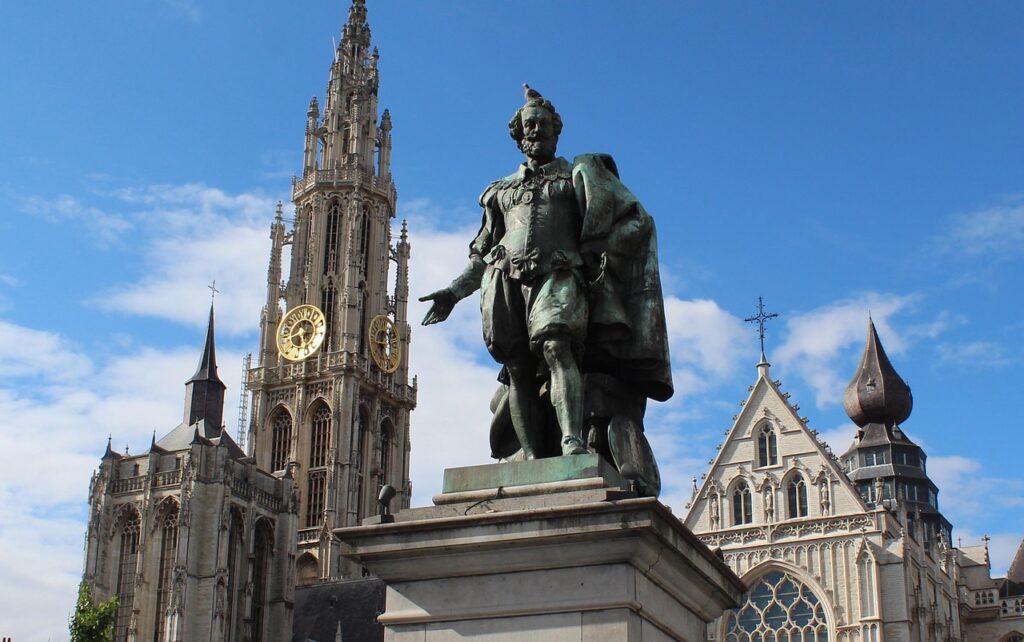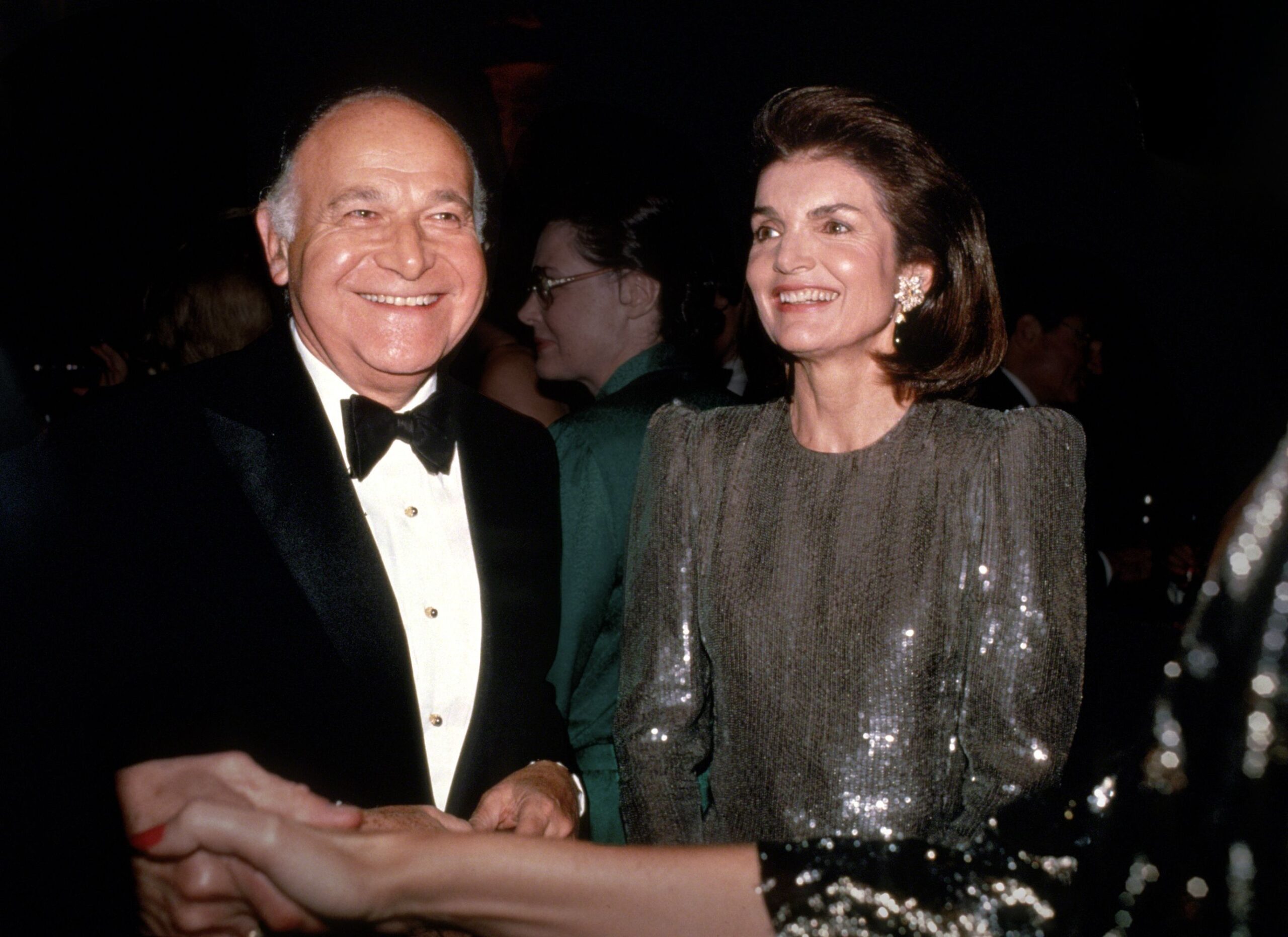
Maurice Tempelsman, the enigmatic Belgian-American diamond magnate, whose life wove through the highest echelons of global commerce, political power, and an intensely scrutinized personal connection to Jacqueline Kennedy Onassis, passed away on Saturday in Manhattan. At 95, his death from complications of a fall marked the end of an era defined by ambition, discretion, and profound influence across continents. For decades, he was a figure of quiet authority in an industry shrouded in secrecy, navigating the complex landscapes of newly decolonized Africa and shaping international trade.
Beyond his formidable business acumen, Mr. Tempelsman captivated public interest through his relationship with the former first lady, becoming her steadfast companion during her final decade. Their bond, initially a discreet friendship that evolved into a deeply personal partnership, offered Mrs. Onassis solace and stability, while simultaneously thrusting the intensely private Mr. Tempelsman into an unwelcome spotlight. His journey from an Orthodox Jewish refugee fleeing Nazi-occupied Belgium to a globally recognized diamond merchant and presidential confidant is a testament to his unique blend of strategic vision and quiet determination.
This article delves into the remarkable life of Maurice Tempelsman, exploring the pivotal moments and defining characteristics that shaped his extraordinary trajectory. From his formative years and audacious entry into the diamond trade to his impactful, often controversial, ventures in Africa and his significant role as a Democratic Party fund-raiser, we will trace the foundations of a career that left an indelible mark on both the global economy and the American political landscape, ultimately setting the stage for his enduring, yet private, companionship with one of America’s most revered figures.
1. **A European Genesis and an American Refuge** Maurice Tempelsman’s life began in Antwerp, Belgium, where he was born on August 26, 1929, to Leon and Helen (Ertag) Tempelsman. His early years were rooted in a family steeped in the commodities business, a foundation that would subtly guide his future endeavors. However, the tranquility of his childhood was abruptly shattered by the cataclysmic events of World War II, compelling his Orthodox Jewish family to make a pivotal and life-altering decision.
In 1940, as Nazi Germany brutally invaded Belgium, the Tempelsman family was among the many who sought refuge from the escalating horrors of the war. They made the arduous journey across the Atlantic, eventually settling in the comparative safety of the Upper West Side of Manhattan. This relocation not only saved their lives but also profoundly shaped Maurice’s perspective, instilling in him a resilience and drive that would become hallmarks of his character. It was also within this community of refugees that fate intertwined his path with Lilly Burkos, whose family had also fled Antwerp, and with whom he would eventually build his own family.
Maurice Tempelsman and Lilly Burkos married in 1949, embarking on a life together that would span decades and bring forth three children: Rena, Leon, and Marcy. Their family life, though not frequently in the public eye, formed a crucial personal backdrop to Maurice’s burgeoning professional ambitions. Lilly Burkos Tempelsman passed away in 2022, preceding Maurice by several years. He is survived by his three children, Leon, Rena, and Marcy, as well as six grandchildren and seven great-grandchildren, a testament to the enduring familial legacy he leaves behind.
Read more about: The 13 Worst-Performing Cars in Their Segment: A MotorTrend Deep Dive into Automotive Disappointments
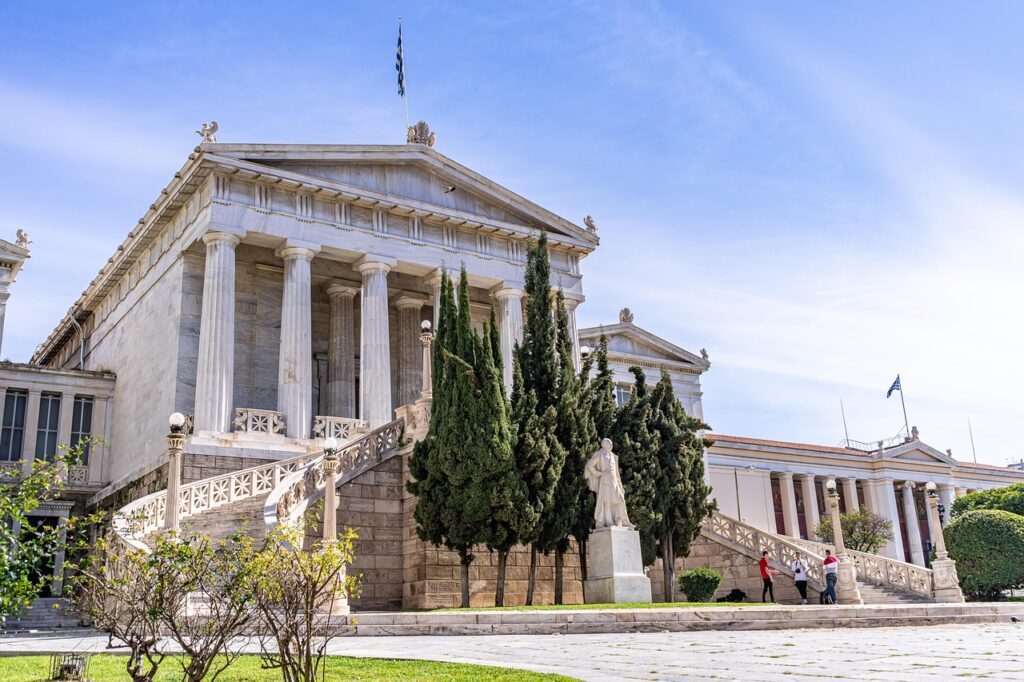
2. **Forging a Path in the Diamond Trade** Maurice Tempelsman’s formal education at New York University was notably brief, lasting only two years before he made the decisive choice to leave the academic world behind. This early departure was not a sign of disinterest in intellectual pursuits, but rather a clear indication of his burgeoning entrepreneurial spirit and an eagerness to engage directly with the world of commerce. His ambition led him to join his father, Leon Tempelsman, in a new business venture, establishing the firm Leon Tempelsman & Son as diamond merchants.
This partnership marked his formal entry into an industry celebrated for its opulence yet notorious for its inherent discretion and closely guarded secrets. From the outset, Mr. Tempelsman demonstrated an innate understanding of the diamond trade’s unique dynamics. He quickly began to cultivate the relationships and develop the strategic insights necessary to thrive in a global market that demanded both sharp business acumen and an unyielding commitment to privacy. His early involvement laid the groundwork for what would become an immensely successful and influential career, distinguishing Leon Tempelsman & Son as a significant player.
The decision to immerse himself fully in the family business, rather than completing a traditional university education, proved to be a defining moment. It allowed him to gain invaluable practical experience and to develop a comprehensive understanding of the intricacies of diamond sourcing, trading, and distribution. This hands-on approach, combined with his natural aptitude for negotiation and his ability to foresee market opportunities, set him on a trajectory that would soon see him making millions for the firm and establishing a formidable reputation within the competitive world of international gem commerce.

3. **A Strategic Masterstroke: Supplying the Nation’s Stockpile** In 1950, while barely in his twenties, Maurice Tempelsman orchestrated what would become a foundational achievement for his burgeoning firm and a significant strategic coup for the United States. He successfully persuaded the U.S. government to procure African industrial diamonds, earmarking them for the nation’s stockpile of strategic materials—a critical reserve maintained for national emergencies. This move not only demonstrated his exceptional persuasive abilities but also highlighted his acute understanding of global supply chains and geopolitical imperatives during a volatile period.
Acting as a shrewd middleman, Mr. Tempelsman developed a robust system for acquiring these crucial diamonds directly from African suppliers, generating millions of dollars in revenue for Leon Tempelsman & Son. This venture was far more than a simple commercial transaction; it positioned his company at the nexus of international trade and national security. By reliably supplying essential materials, he built a reputation for efficiency and reliability, laying a strong foundation for future, even more ambitious, undertakings across the African continent. His foresight in identifying and capitalizing on this niche market proved pivotal to the firm’s early success.
His strategic value to the U.S. government extended beyond diamonds. Mr. Tempelsman also served as a vital go-between in complex deals, facilitating the delivery of other critical industrial materials such as cobalt and uranium to the United States. In return, he secured agricultural commodities, which he then expertly sold on the international market, further diversifying his firm’s operations and cementing his role as a key international broker. Amidst the intense geopolitical tensions of the Cold War, Mr. Tempelsman underscored the importance of these agreements by writing a compelling memo to the State Department, emphasizing that such deals would actively help prevent “Eastern bloc commercial activities” in resource-rich regions, thereby aligning his commercial interests with the broader national security objectives of the United States.
4. **Venturing into a New Africa: Opportunities in Decolonization** Maurice Tempelsman possessed a keen geopolitical insight, recognizing that the impending decolonization of Africa would fundamentally alter the continent’s economic landscape. He correctly anticipated that this seismic shift would loosen the entrenched control held by old colonial companies over Africa’s vast natural resources, thereby creating unprecedented opportunities for energetic, intelligent outsiders like himself. This strategic foresight propelled him to the forefront of a new era of engagement with African nations, long before many others recognized the potential.
At the remarkably young age of 27, Mr. Tempelsman, accompanied by his lawyer, the two-time Democratic presidential nominee Adlai E. Stevenson II, embarked on a pivotal journey to the Gold Coast, now modern-day Ghana, in West Africa. This trip was instrumental in establishing his presence in a region undergoing rapid transformation. There, local diamond diggers had established their own markets, signaling a new, more independent economic environment. Mr. Tempelsman seized this moment, securing one of the very first buying licenses in the country.
For a period, he became an integral part of a flourishing diamond trade in Ghana, demonstrating an early aptitude for navigating complex local dynamics and forging direct relationships. His proactive engagement in Ghana marked him as a pioneering business operator in newly decolonized nations, setting a precedent for his future extensive dealings across the continent. He saw not just challenges but immense potential in these emerging economies, establishing a footprint that would grow into a vast and influential network spanning nations like Ghana and Zaire, now the Democratic Republic of Congo.
5. **Navigating Political Tides and Cultivating Influence in Africa** Maurice Tempelsman’s pioneering spirit in Africa was inextricably linked to complex and often controversial political maneuverings. As Ghana’s nationalist leader Kwame Nkrumah began to implement socialist economic policies that posed a direct threat to the established diamond market—and by extension, to Tempelsman’s burgeoning interests—his representatives in the country took a leading role in pressing for a change in leadership. Declassified Kennedy administration documents, cited by Insight magazine, indicate their active involvement in advocating for Nkrumah’s removal from office and the installation of a Western- and business-friendly rival.
This political pressure coincided with, and some argue contributed to, the eventual downfall of Nkrumah, whose rule became increasingly erratic. He was ultimately deposed in a 1966 military coup, a significant event that reshaped Ghana’s political and economic trajectory and cemented the perception of Tempelsman’s influence in the region. This episode, while successful for his business interests, highlighted the intricate and sometimes ethically ambiguous nature of operating at the intersection of commerce and volatile post-colonial politics.
Similarly, Mr. Tempelsman extended his strategic focus to Congo, a nation rich in diamond and copper wealth, where he became an ardent early supporter of Colonel Joseph Mobutu. He was widely credited with playing a crucial role in smoothing the way for Western backing of the autocratic Mobutu, who would later rename the country Zaire and assume the title Mobutu Sese Seko. This relationship proved immensely profitable for Tempelsman, culminating in Mobutu awarding him the lucrative copper and cobalt concession at the vast Tenke Fungurume mine, bypassing a Belgian group to whom it had previously been promised. Such a significant concession underscored the depth of his political connections and his willingness to engage directly with powerful, albeit controversial, leaders to secure valuable resources.
6. **A Web of Power: Mining, Politics, and Intrigue** The intertwining of mining and political interests in the often-volatile nations of Africa placed Maurice Tempelsman at the center of a complex web, sometimes overlapping with coups, international intrigue, and intense public scrutiny. His operations were not merely commercial; they were deeply embedded in the geopolitical currents of the Cold War and the post-colonial era, leading to ample curiosity and, at times, conspiracy theorizing about the true nature of his influence and methods. In a trade known for its discretion and secrecy, Mr. Tempelsman’s interactions with African leaders, ranging from tyrants to liberation activists, became a subject of considerable interest.
Further blurring the lines between business and intelligence, The New York Times reported in 2008 that one of Mr. Tempelsman’s employees in Africa was Lawrence Devlin, a former CIA station chief in pre-Zaire Congo. Devlin continued to pass information to the intelligence agency while working for Mr. Tempelsman, suggesting an intricate relationship with state power that extended beyond typical commercial lobbying. This revelation added another layer to the already dense narrative surrounding Tempelsman’s operations in resource-rich but politically unstable regions, highlighting the delicate balance he maintained between corporate interests and global geopolitics.
Over the years, as Mobutu’s leadership in Zaire descended into corruption and repression, what had once been lauded as a politically astute business decision for Tempelsman came under increasing “withering rebuke.” Reflecting on these complex outcomes in a rare 1991 interview with Insight magazine, Mr. Tempelsman offered a glimpse into his pragmatic perspective, stating, “Somebody had to win, and I guess we won that one.” He then added, with a touch of retrospective ambivalence, “I wish now we hadn’t!” This sentiment, however brief, hinted at the moral complexities inherent in operating within such challenging environments. Despite the critiques, Mr. Tempelsman rarely conceded ground to his critics, maintaining his intensely private demeanor and famously telling Insight, “I hate to deflate the romance… But the reality is a lot more pedestrian.”
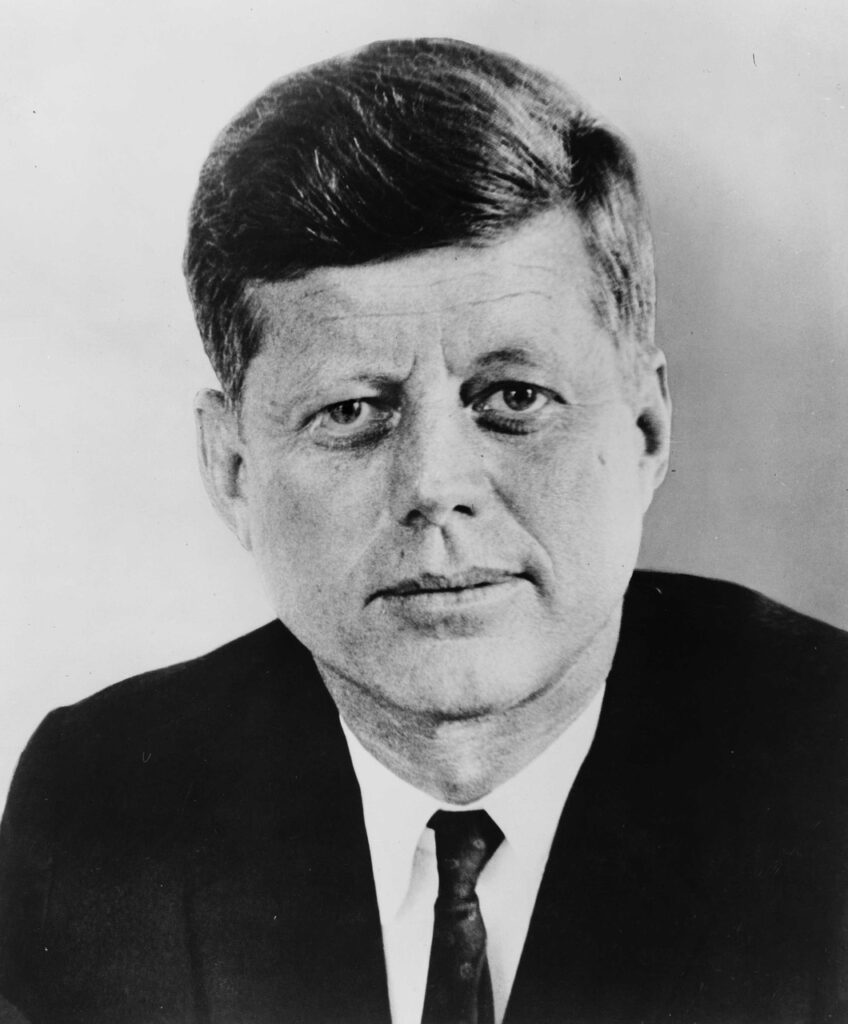
7. **From Boardrooms to Ballots: A Democratic Power Broker** Beyond his commanding presence in the diamond industry and his intricate dealings in Africa, Maurice Tempelsman was a formidable, if discreet, power broker within the American political landscape. For a half-century, he was a prominent fund-raiser for the Democratic Party, contributing significant financial support and leveraging his extensive network to advance its causes. His influence was not just monetary; he forged particularly close relationships with key Democratic figures, including Presidents John F. Kennedy and Bill Clinton, and was a confidant to two-time presidential nominee Adlai E. Stevenson II, who also served as his lawyer.
It was through this deep engagement with Democratic politics that Mr. Tempelsman’s path first converged with that of Jacqueline Kennedy. Their acquaintance began in the late 1950s, when Senator Kennedy, then with presidential ambitions, sought to connect with representatives of the South African diamond industry. Mr. Tempelsman, already possessing a formidable reputation for his African mining interests and his ties to leading Democrats, was the ideal intermediary. He meticulously arranged the crucial gathering with Kennedy, demonstrating his early capacity to bridge the worlds of high finance and national politics.
This initial connection blossomed over time, leading to further significant interactions. Mr. Tempelsman later facilitated a high-profile meeting at the Carlyle Hotel in Manhattan between President-elect Kennedy and Harry Oppenheimer, the powerful chairman of the Anglo American Corporation and of De Beers—the world’s largest miners and distributors of diamonds and gold. These early, consequential engagements not only cemented Tempelsman’s access to the highest levels of government but also subtly laid the groundwork for a personal relationship that would, decades later, place him at the side of one of America’s most iconic figures during her most private moments.

8. **The Deepening Bond with Jacqueline Kennedy Onassis** While Maurice Tempelsman’s initial connection to Jacqueline Kennedy was rooted in political and business introductions during the late 1950s, a deeper, more personal bond began to forge after she was widowed for the second time. Following the death of Greek shipping tycoon Aristotle Onassis in 1975, Mr. Tempelsman stepped into a role that would profoundly shape Mrs. Onassis’s subsequent decade: her financial adviser. His acumen was such that he was credited with significantly growing her inheritance, reportedly quadrupling the $26 million she received from Mr. Onassis.
Their relationship, initially a discreet friendship, gradually blossomed into a deeply personal partnership. Within a few years of his advisory role commencing, Mr. Tempelsman and Mrs. Onassis were frequently observed together at a variety of private and public engagements. They attended private dinners, consular affairs, and enjoyed cultural outings such as the ballet and the opera, slowly yet surely becoming a recognized presence in New York’s social circles.
For many observers, their pairing might have appeared unexpected. Mrs. Onassis, renowned for her grace and beauty, had previously been married to Mr. Onassis, who was 23 years her senior and possessed a distinct physical presence. Mr. Tempelsman, in contrast, was described as portly and balding. Yet, those privy to their relationship understood that their connection ran far deeper than superficial appearances, built on a foundation of shared intellect and values.

9. **A Partnership Defined by Discretion and Shared Values** The qualities that drew Maurice Tempelsman and Jacqueline Kennedy Onassis together were numerous and profound, reflecting a mutual appreciation for discretion and intellectual depth. Their personal styles mirrored each other; both were urbane and reserved, valuing privacy as a paramount virtue. Mr. Tempelsman, in particular, maintained an intensely private demeanor throughout his life, famously telling Insight magazine, “I hate to deflate the romance… But the reality is a lot more pedestrian,” regarding speculation about his life.
Beyond their shared reserve, they connected on multiple intellectual and cultural levels. Mr. Tempelsman possessed a sharp wit and a gentle, unassuming manner, qualities that Mrs. Onassis undoubtedly found appealing. Their bond was further strengthened by a mutual respect for scholarship and learning, an abiding interest in the arts, and Mr. Tempelsman’s deep knowledge of Africa, a continent that had been central to his professional life.
Significantly, they were also the same age, fostering a connection built on contemporary life experiences. Despite Mr. Tempelsman’s efforts to discourage photographers from capturing their moments together, the New York media largely respected their privacy. There was an unspoken consensus among the city’s gossip columnists that Mrs. Onassis, widely admired for her dignity following President Kennedy’s assassination, was entitled to personal happiness and privacy in her later years.
Their shared life was characterized by quiet elegance and shared passions. In New York, they frequently entertained friends at dinner and enjoyed visiting small restaurants on the Upper East Side. Walks in Central Park were a cherished activity, during which they often conversed in French, adding another layer to their intimate connection. Weekends were spent at Mrs. Onassis’s horse farm in New Jersey, and summers brought them to her oceanfront estate on Martha’s Vineyard, sometimes sailing aboard his yacht, the Relemar.
Read more about: Tom Brady’s Post-NFL Fleet: A GQ Look Inside the GOAT’s Million-Dollar Car Collection

10. **Steadfast Support During Final Days** Maurice Tempelsman’s devotion to Jacqueline Kennedy Onassis became profoundly evident during her final illness. After Mrs. Onassis received a diagnosis of lymphatic cancer in the winter of 1993, Mr. Tempelsman demonstrated unwavering support, moving his office directly into her Fifth Avenue apartment. This act ensured he could be constantly by her side, offering practical and emotional solace during a period of immense challenge.
Throughout her illness, he was her constant companion, notably escorting her to and from the hospital for treatments. He was the concerned figure often seen in news photographs, steadying her frail body during their walks in Central Park, providing a quiet strength in the face of her declining health. His presence offered stability and comfort during a difficult time, a testament to the depth of their bond.
When Mrs. Onassis passed away at 64 in May 1994, Mr. Tempelsman was at her bedside, fulfilling his role as her steadfast companion until the very end. He stood alongside her children, Caroline and John Jr., at her funeral service held at the Church of St. Ignatius Loyola on Park Avenue. His public support extended to her burial at Arlington National Cemetery, where he again stood with her family.
During her funeral, Mr. Tempelsman delivered a poignant tribute, reading from C.P. Cavafy’s poem, “Ithaka.” His selection, a piece that speaks eloquently of discovery and life’s journey, resonated deeply with those present. Journalist Roger Wilkins, who knew Mr. Tempelsman for years, later reflected to The Washington Post, stating, “For those of us who cared about Mrs. Onassis, it was comforting — it was terrific — to know she was with somebody who was a good, generous and gentle man.”
Read more about: Your Ultimate Guide: How to Spot Aged Inventory and Score a Bargain on 10 Used Cars Lingering on Dealership Lots
11. **Continued Influence in the Diamond Industry** Beyond his deeply private personal life, Maurice Tempelsman maintained a commanding presence in the global diamond industry for decades. In 1984, he assumed the role of chief executive of Lazare Kaplan International in New York, a company recognized as one of the largest specializing in the import, cutting, and sale of diamonds. Under his leadership, the firm served prestigious customers such as Tiffany’s and Cartier, solidifying its position in the luxury market.
His business endeavors extended beyond Lazare Kaplan International. He remained a general partner in Leon Tempelsman & Son, the company he established with his father. This firm evolved into a diversified enterprise, actively involved in mining, various industrial sectors, and agriculture. It also specialized in assembling consortiums for the complex undertaking of mining diamonds and other valuable minerals across the globe.
Mr. Tempelsman’s stature in the industry was further underscored by his status as one of only 160 diamond sightholders worldwide. This exclusive designation placed him in a unique club, granting participants the privilege of purchasing diamonds directly from the De Beers cartel. This cartel, which maintained a near-monopoly on the world’s diamond supply, represented the pinnacle of influence and access within the highly secretive and competitive diamond trade.
Read more about: Your Ultimate Guide: How to Spot Aged Inventory and Score a Bargain on 10 Used Cars Lingering on Dealership Lots
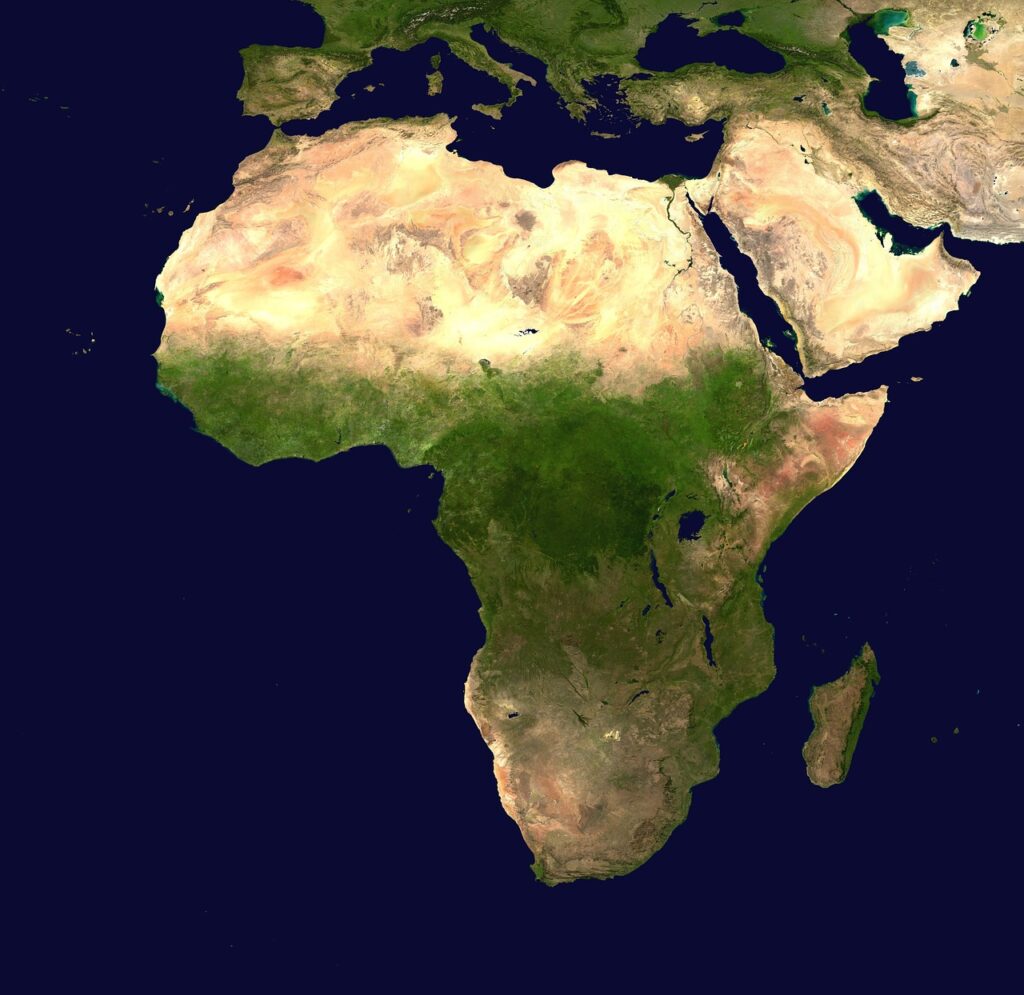
12. **Enduring Engagement with Africa’s Development** Maurice Tempelsman’s deep-seated engagement with Africa, initiated during the early days of decolonization, continued throughout his long career, evolving into a dedicated focus on the continent’s development. He chaired significant organizations such as the Africa America Institute and the Corporate Council on Africa, both of which were established with the explicit mission of fostering African development. Through these roles, he remained at the forefront of Westerners who maintained entrenched personal and business relationships at the highest levels of African power, navigating interactions with a wide spectrum of governments, from right-wing to Marxist regimes.
His commitment extended to supporting African liberation movements. Notably, Mr. Tempelsman played a crucial role in underwriting Nelson Mandela’s historic first visit to the United States in 1990. This momentous event occurred mere months after Mandela’s release from 27 years of imprisonment under the apartheid government, showcasing Mr. Tempelsman’s support for human rights and political freedom on the continent.
His sustained involvement underscored a pragmatic approach to fostering progress, even amidst the complex political realities of post-colonial Africa. He recognized the intricate balance required to engage with diverse leadership while striving for economic and social advancement. These efforts demonstrated a long-term vision that aimed to leverage his extensive networks for broader positive impact, contributing to dialogue and partnerships that spanned across continents.
Read more about: Ozzie Rodriguez, La MaMa’s Visionary Archivist and Artistic Force, Dies at 81: An In-Depth Tribute
13. **Philanthropic Endeavors and Public Health Advocacy** Beyond his immense contributions to commerce and politics, Maurice Tempelsman was a committed philanthropist, channeling his resources and influence into various causes. He was notably active in Jewish philanthropies, demonstrating a steadfast dedication to supporting his community and its institutions. This aspect of his life reflected a broader commitment to societal well-being that extended beyond his immediate business interests.
In his later years, Mr. Tempelsman turned his considerable energy and organizational skills to a critical global health crisis. He assumed the chairmanship of the international advisory council of the Harvard AIDS Institute, a prominent public health program affiliated with the esteemed university. This role positioned him at the forefront of efforts to combat the devastating AIDS epidemic, particularly in Africa, where the crisis was most acute.
He adeptly marshaled the extensive networks and relationships he had cultivated throughout his career in business and politics, leveraging them to strengthen research efforts and mobilize resources. He actively connected political leaders, scientific researchers, and various stakeholders to foster collaboration and enhance the global response to AIDS. As he once explained to The Times, “The important thing is to mobilize the different parties that can make contributions. Each of them lives in a different universe,” highlighting his strategic vision for cross-sector collaboration.
Read more about: From Celluloid to Casks: A Deep Dive into the Evolving World of Celebrity-Owned Consumer Brands
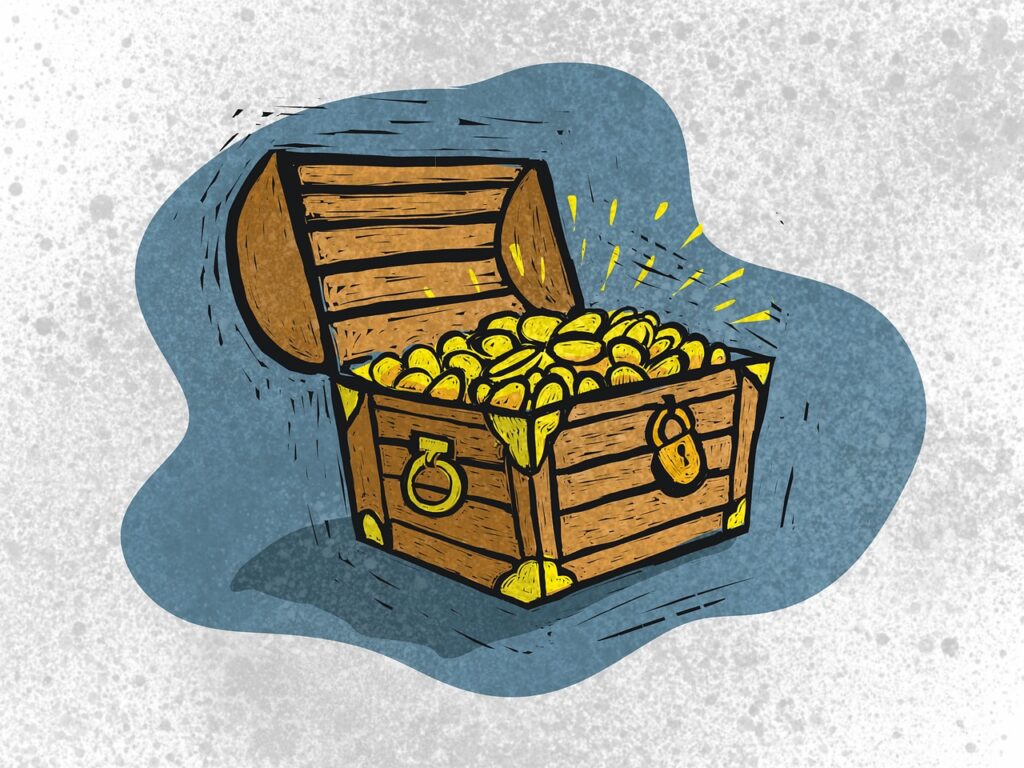
14. **A Legacy of Quiet Authority and Lasting Impact** Maurice Tempelsman’s life was a testament to quiet authority and profound, yet often discreet, influence. His journey from a young refugee to a global magnate and the trusted companion of an American icon encapsulated a unique blend of strategic acumen, resilience, and an unwavering commitment to privacy. He skillfully navigated the intricate intersections of high finance, international politics, and personal relationships, leaving an indelible mark on each domain he touched.
Throughout his career, he remained largely impervious to public scrutiny, famously maintaining that the “romance” associated with his dealings was far more pedestrian than imagined. This intense privacy, coupled with his courtly charm and sharp intellect, defined a character who preferred to operate behind the scenes, yet whose impact reverberated globally. His ability to forge deep connections, whether with African leaders or U.S. presidents, underscored a rare talent for both diplomacy and deal-making.
His enduring legacy is multifaceted: a pioneer in the African diamond trade, a key Democratic Party fund-raiser, a wise financial steward, and a devoted companion. Perhaps most tellingly, he embodied an era where quiet power could shape world events and personal bonds could transcend public expectations. Mr. Tempelsman’s life, marked by ambition, discretion, and a lasting commitment to service and partnership, stands as a compelling narrative of a man who influenced the world while largely remaining apart from its clamor.
Read more about: A Curtain Call of Legends: Exploring the Iconic Final Performances and Farewells of Hollywood’s Greatest Stars
In the annals of history, Maurice Tempelsman will be remembered not only for his formidable achievements in business and politics but also for the quiet dignity with which he lived his life and the profound support he offered to those he held dear. His passing marks the end of an extraordinary journey, leaving behind a legacy that continues to resonate across industries, political landscapes, and the lives he touched.” , “_words_section2”: “1847

